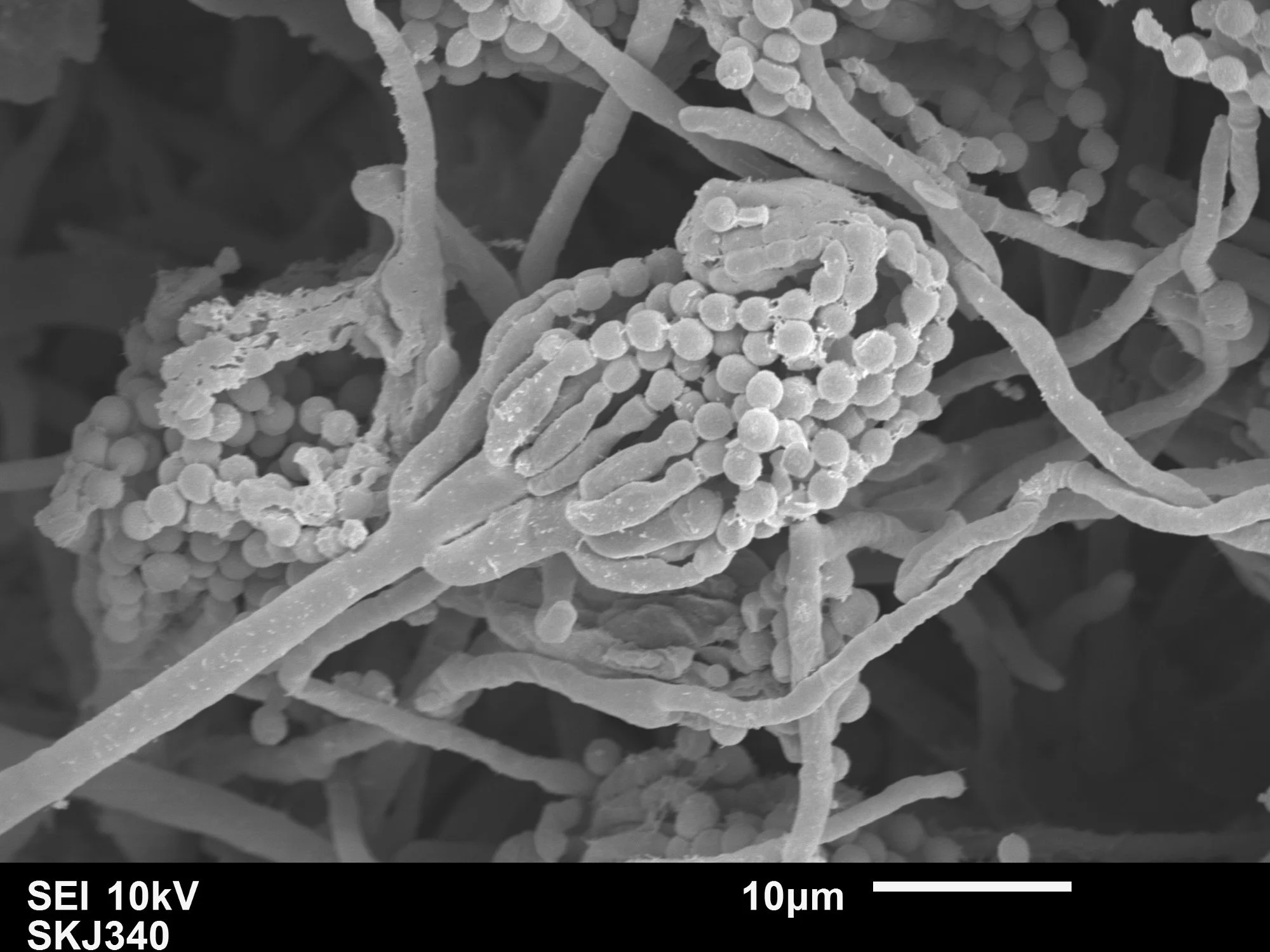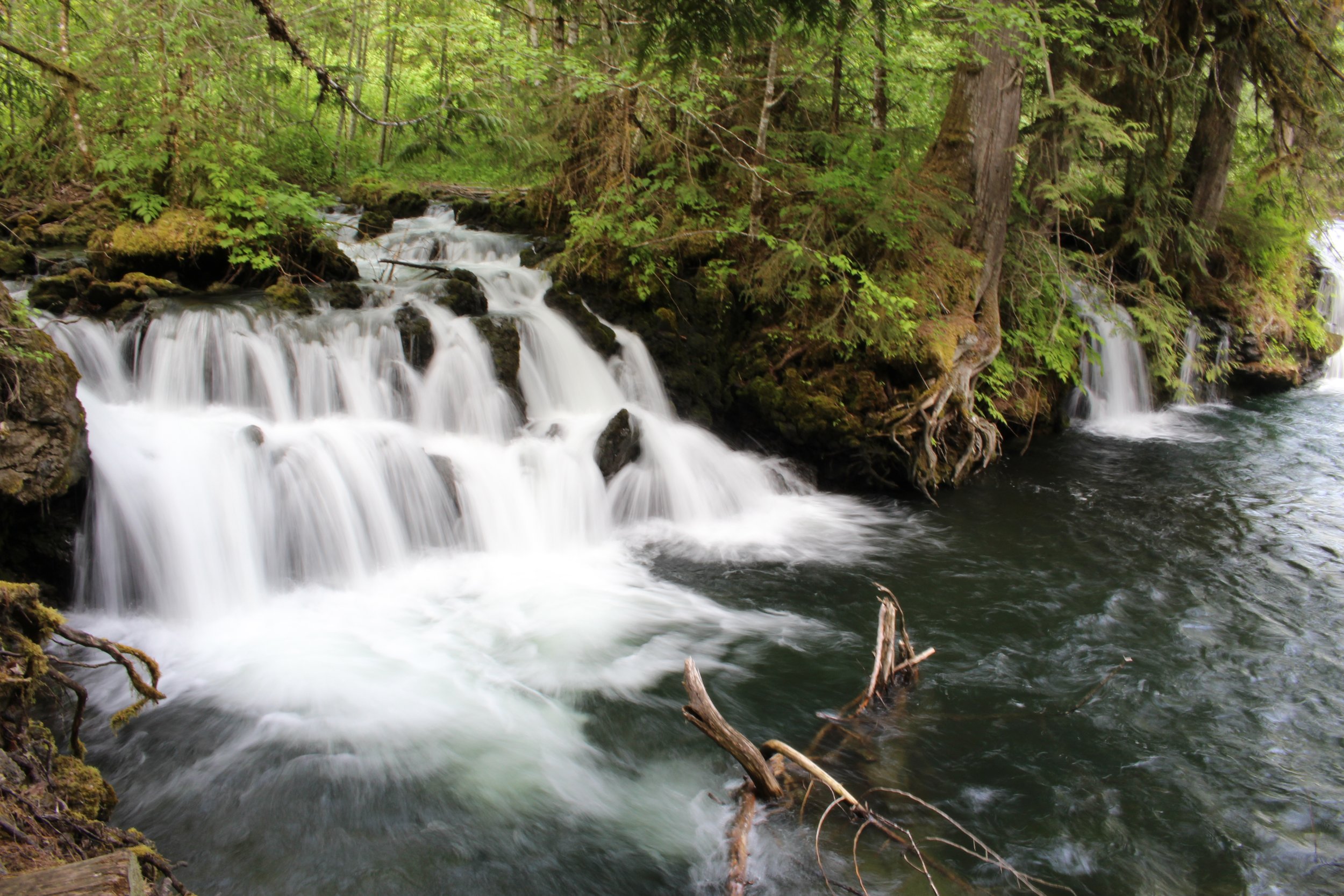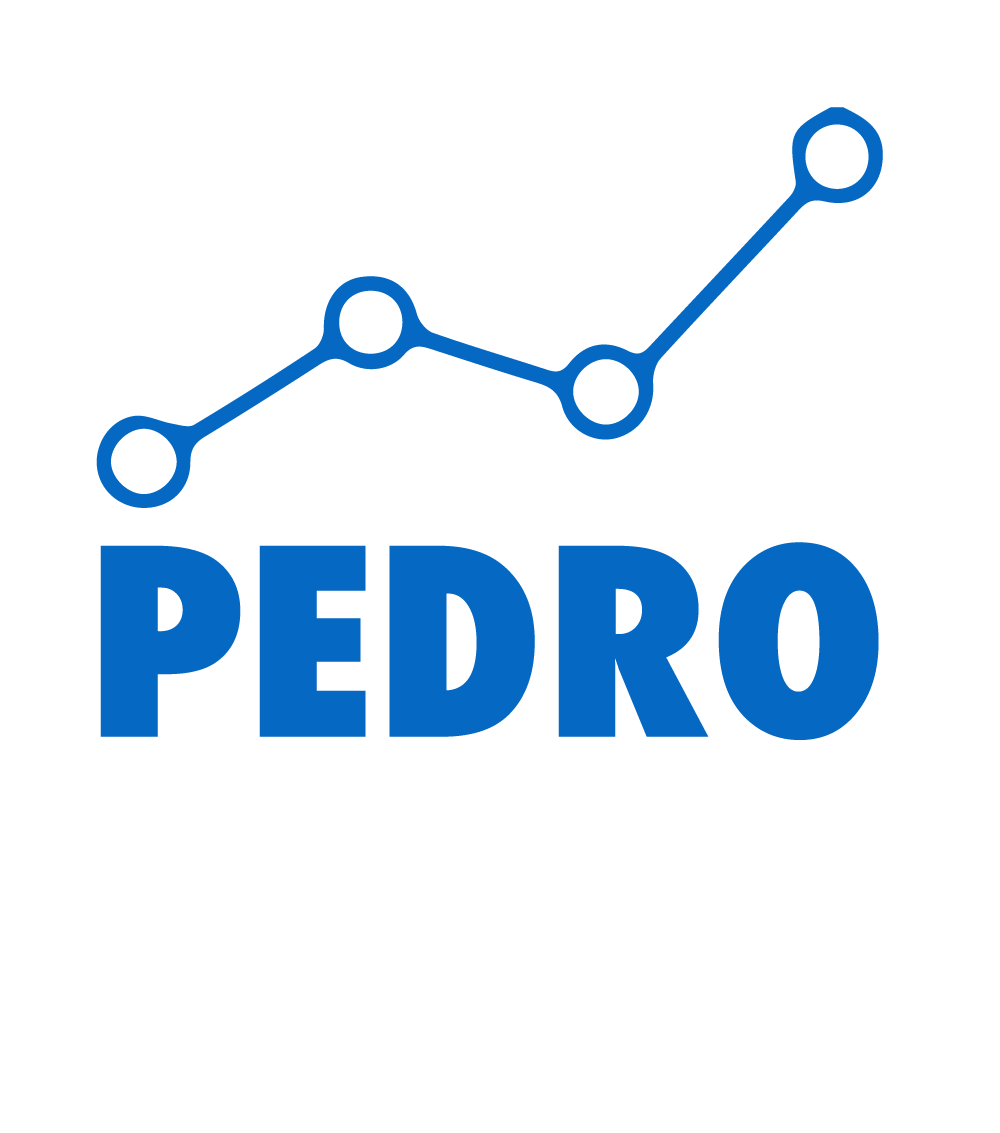
Better microbes for a cleaner tomorrow.
Pedro Resources and
Fixed Earth Collaboration
Pedro Resources (CSE: VBN) will be working with the team of technology companies to tackle some of the greatest environmental challenges facing the world today.

Remediation
Using microbes to remove
pollution in soil and water
Agriculture
Using microbes to enhance
food production systems
Client Driven Research
Looking for unique
challenges in industry
Ecosystem Restoration
Rebuilding ecosystems
from the ground up
What is the problem Fixed Earth is trying to solve?
1) Ecosystem restoration
Fixed Earth is currently located in northeastern BC where there is abundant resource industries, particularly oil & gas and forestry.
There are currently multiple First Nation lead ventures to start reclaiming old disturbance such as seismic lines and legislation has recently shifted to force oil & gas companies to restore sites faster and to use native seeds for this restoration.
The challenges of this industry are, often, large losses of newly planted trees, difficulty in getting native seed to germinate and succeed, and very limited sources of native seed making it paramount it go as far as possible.
Many of the sites being restored have lost their topsoil or it has degraded over time to no longer have the microbial capacity healthy soil should.
How?
Fixed Earth is using a blend of 5 fungi derived from western Canada that live in symbiosis with plants to help them grow in these difficult environments. These have been blended with a mix of general microbes Fixed Earth has developed over the past few years that provides general microbial function to otherwise dead soils.
This same blend of microbes can be deployed numerous ways for different applications. They can be used in liquid form for different types of tree plantings, as a dust used to coat seeds, or even incorporated into a product the team has been calling gel capsules.
This last product is quite literally gelatine pill capsules that Fixed Earth team is filling with microbes, native seed, nutrients, and other additives that are spread on sites to provide native seed in a form that is more likely to succeed than spreading seed alone. Some large clients such as PETRONAS have adopted these products as part of their restoration programs and Fixed Earth is developing relationships with multiple First Nations to expand their use.
2) Remediation Solutions
- PFAS, PERC, Hydrocarbons, Salinity, Sulfolane
3) Agriculture/Food Production
The heart of their business is remediating pollution; the more difficult the pollutant the harder the team works to solve it. Currently, Fixed Earth can remediate hydrocarbons, salinity, sulfolane, and PFAS, with active research into metals and other challenging pollutants in situ.
Currently most remediation is done by excavating contaminated soil and hauling it to a landfill, or for contaminated aquifers the water is pumped through filters to remove contamination and then pushed back into the ground. These options tend to be expensive to implement and don’t actually solve the problem since the contamination is not actually destroyed. The aim is to use biological solutions to destroy contamination in soil and groundwater in-place.
How?
How?
Bioremediation of contamination is not a new idea and the old ways of implementing it were known to be slow and finicky, often never really solving the problem. By using site-adapted microbes (i.e. derived from the site or region of interest) and partnering with other technologies to enhance the performance of the microbes Fixed Earth has greatly increased the efficacy and speed of using biological solutions. They often consider remediation of a site in weeks and months rather than the years and decades considered using old methods.
Particular contamination their scientists have worked on includes (but is not limited to): PCE/PERC (dry cleaning fluids), PFAS, hydrocarbons of all sorts (BTEX, PAHs, heavy oils, gasoline, etc), and metals. Fixed Earth has research ongoing for other difficult pollutants like herbicides and PCBs.
The solution is a mixture of microbes that form a symbiosis with the plant and help them thrive in challenging environments, but also increase plant health even in less challenging environments. In the world of agriculture Fixed Earth has seen these products result in increased yields when compared to fields that are not treated. These “agriculture” microbes have been successfully and repeatedly deployed in a number of applications with over 5000 acres of pilots currently in progress: golf courses, urban sports fields, urban roadside trees and parks, cranberry farms, and hay fields. Current pilots are expanding this into grains, silage, pasture, canola, and other major crops. When tested by a major landscaping firm at their research farm in North Carolina their data concluded that the microbial solution worked “as well as fertilizer” in helping fruit trees grow.
Current farming practices, while effective, can be expensive to implement and often ignore the foundation upon which we farm: soil health. Heavy use of fertilizer causes environmental damage, and in cases of nutrients such as phosphate, they are non-renewable resources. Climate change results in a more difficult environment to grow crops that adding more fertilizer won’t overcome and water will become a rarer resource despite a growing population.
Why Microbes?
Microbial solutions are typically cheaper than alternatives
Microbial solutions have a lower carbon footprint than
the alternatives.In-Situ biological remediation causes less disruption to active sites than excavation and disposal.
Production of microbes is relatively straight forward.
Modern tools for field implementation make biological solutions a reality and much less time consuming.
Site-specific microbes are adapted to local conditions.
Site-specific microbes are adapted to pollutants on site.
Fixed Earth’s entire microbe portfolio is Non-Genetically Modified.
Site-specific microbes are unlikely to be invasive or disturb local ecosystems.
Most of their remediation microbes use oxygen and work faster than those that do not.
The Technologies: Remediation
The team specializes in the isolation, lab testing, and field deployment of microbes that can destroy difficult pollutants.
Fixed Earth has developed reliable in-house methods to quickly identify microbes capable of remediation. Typical timeframes are 1-4 months from project start to field deployment.
Since before the inception of the company, they have a track record of successfully remediating challenging sites.
Current microbe portfolio includes microbes for PCE/PERC, PFAS, Hydrocarbons, Sulfolane, DIPA, and Metals Transformation.
Work has started to identify microbes for remediation of PCBs and some herbicides.
All microbes are non-GMO and aerobic.
Significant clients include PETRONAS, Dane County Airport, Wisconsin Air National Guard.
The Technologies: Plant Growth
The team has been using microbes to enhance plant growth since 2011.
Microbes are primarily fungi that form a symbiosis with the plants, living inside of their tissues. Fixed Earth also has bacterial varieties.
Helps plants survive in stressful environments and different microbes can be used for different types of stress.
Easy to grow on a large scale and can be stored and packaged in a numerous forms, making market-specific packaging possible.
They have successfully utilized them on golf courses, multiple types of farms, in native seed restoration, tree planting, urban sports fields, roadside trees, and more.
All are non-GMO and non-pathogenic.
Significant repeat clients include PETRONAS, Fort Nelson First Nation, City of Langley, City of Surrey, City of North Vancouver.

Remediation – Aerobic PCE Degradation
Edmonton, AB Warehouse
Study and remediation of site is ongoing, but early results are promising.
Warehouse located in Edmonton, AB.
Site was vacant for 15 years due to PCE contamination.
Contamination is 1-4 m below building foundation and includes a perched water table that moves to northeast.
Soil concentrations of PCE in core of plume were 3990 ppm and 160 ppm in groundwater.
Initial remediation estimates by consultant would have required 4000 cubic meters of soil to be removed to achieve risk management.
Case Studies
Remediation – In Situ PFAS Remediation
Dane County Regional Airport & Truax Field
Rinse water from flushing fire fighting trucks containing PFAS AFFF.
Four plastic totes were treated.
Total PFAS concentrations ranged from 7 to 33 ppm.
Field pilot commenced in summer 2021 and was monitored for 35 weeks.
Reclamation – Fort Nelson Tree Planting
Fort Nelson First Nation
Seismic lines for geophysical exploration near Fort Nelson, BC.
Approximately 60,000 black spruce seedlings planted each year for ecosystem restoration.
Worked with Fort Nelson First Nation to treat 30,000 seedlings in 2022.
Isolated and lab tested local microbes to promote plant growth in winter before application.
Microbes were made easy to use in the field by consulting with client on application methods.
Very remote sites, helicopter access only.
Subset of trees were marked ahead of time for measurement and destructive sampling in 2023.


























